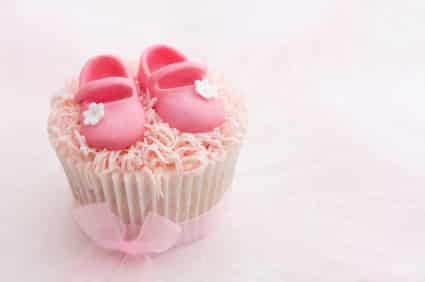
6 Tips for Converting a Vacation Home Into a Rental
6 Tips for Converting a Vacation Home Into a Rental

Whether you want to offset the cost of owning a vacation home, don’t use it often, or are concerned about it sitting vacant, turning it into a rental could be a smart move. Here are six practical tips to help you convert your vacation home into a rental property.
1. Decide on an Objective
Determine your rental income goals and usage limitations:
- Calculate expected weekly, monthly, or annual income.
- Include all expenses (e.g., insurance, upkeep, utilities).
- Decide how many weeks per year you want to rent it out.
- Consider if you’re willing to give up using it during peak holidays.
2. Check Local Laws and Consult Your Accountant
- Verify with your city or HOA about necessary permits and licenses.
- Talk to a tax professional to understand rental income implications.
3. Choose Between DIY Rental or Property Management
Consider your location, availability, and interest in hands-on management:
- DIY Option: Good for local owners with time and interest.
- Property Manager: Best if you’re remote or lack time—professional help can handle renters, repairs, and maintenance.
4. Remove or Secure Personal Items
- Don’t leave personal belongings accessible to renters.
- Use a locked closet to store personal items like clothes, toiletries, and food.
5. Hire a Cleaning Service
- Professional cleaners ensure the property is ready between guest stays.
- Essential if you’re not available to clean personally after each rental.
6. Provide Essential Amenities
Stock the home with key items to enhance the guest experience:
- Bathroom towels, toilet paper, and a hair dryer.
- Fully stocked kitchen with pots, pans, and tableware.
- Reliable high-speed Internet access.
By following these tips, you can transform your vacation home into a rental that brings in income while allowing others to enjoy its charm.


